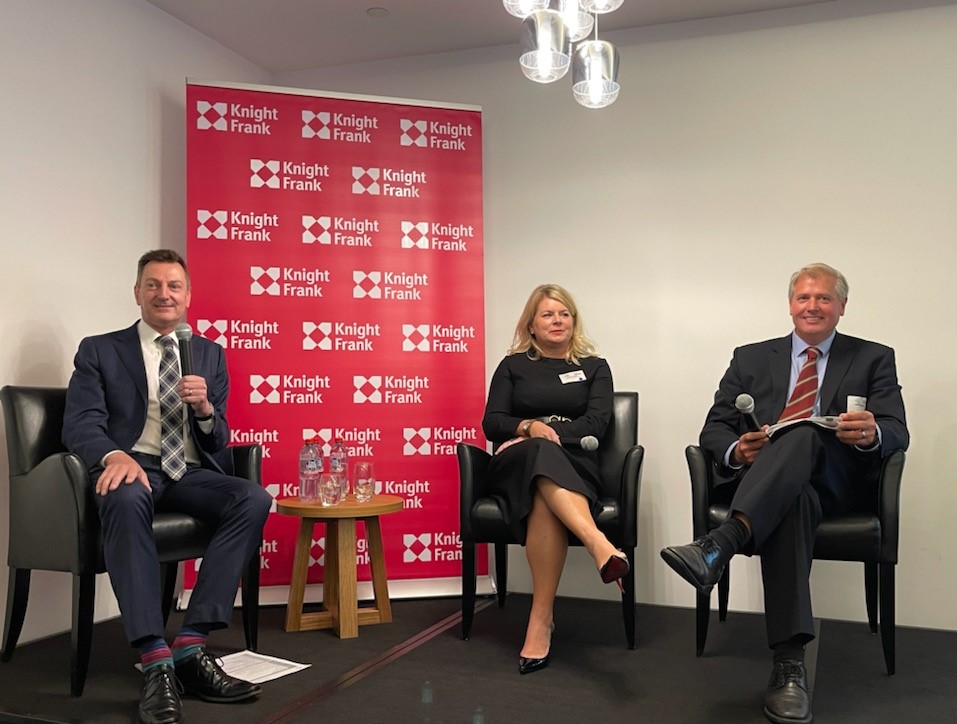Office Property Market Commentary
Blog

On Friday 26 February, William Reynolds, Opteon’s Director of Technical Services presented his insights into the office market at the Property Council of Australia Office Market Report in Hobart. Accompanied by Andrea Roberts, National Head of Leasing at Knight Frank and Kevin Stanley, Head of Property Strategy & Research at Commonwealth Bank of Australia, William shed light on the state of play in Hobart’s office market in comparison to other states. Opteon has supported the Property Council of Australia Office Market Report for many years and William was delighted to share the stage in 2021.
William comments,
“2020 was a challenging year for us all and some sectors of the property market have had to adjust, including the office property market. Combined with working from home and an increase in supply in major office markets, national vacancy rates increased during 2020. For market participants, this was not an unexpected result.”
William discussed how working from home, at least part-time, is likely to represent a permanent shift in office work culture. With many workers saving time and money on commuting and businesses reducing their overheads, the way people want to work is shifting. With that being said, physical offices remain an important component for collaborative workforces. This is especially true for younger professionals needing mentoring and guidance whilst gaining experience from more senior practitioners. “It was interesting to hear of how office fit-out design are changing – higher workspace ratios with less dense workspaces and more interactive meeting areas to support collaboration.” he says.
It has been reported nationally that market transactions of office buildings have been subdued. Whilst this does not necessarily reflect a lack of demand for good quality investment stock, owners may be content with funds invested in good yielding tangible asset classes during a period of global uncertainty.
Hobart continues to record the lowest CBD vacancy rate across Australia with relatively small total stock levels and limited new supply. Most buildings have remained securely leased during 2020 and there is no notable increase in the sub-lease vacancy. There is current tenant demand for around 20,000 sqm from the public sector and this is expected to result in some new construction in the next two-three years at economic rents. With a contraction in alternative uses (such as hotels or student accommodation) due to COVID-19, absorption of vacancies in older stock will need to be managed carefully.
William reports “there are higher risks now in the office market in a COVID-19 environment, and I’m expecting to see a softening of yields in the short term reflecting this change in risk profile - despite low-interest rates.”. William predicts that there is likely to be more subdued rental growth and higher vacancy risk in the coming years. “The secrets to maintaining good returns from offices in the short term will be managing tenant security, cash flows and outgoings control.” he adds. William recommends that owners should also contemplate ways in which they can make their product attractive and competitive in the modern work environment, encouraging tenants and office workers back into office buildings in Australia’s major CBDs.